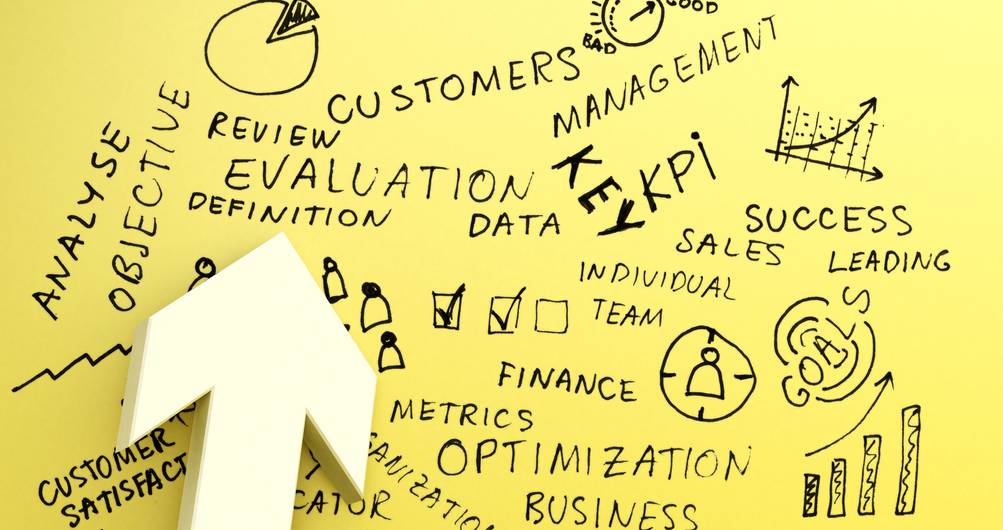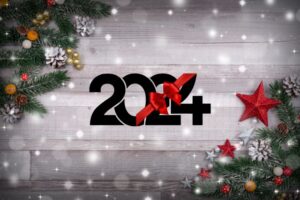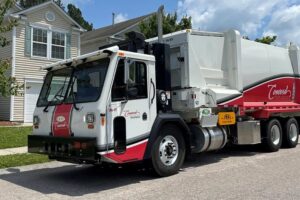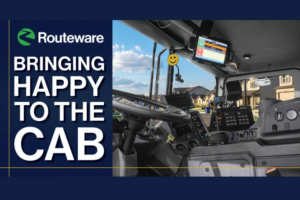Introduction
Want to learn how our Product team makes ReCollect tools that you can use to educate people better every day? From small improvements to creating brand new tools, we’re always building something to make your life a lot easier. Everything we create and launch is designed to solve real challenges you are facing with your recycling education initiatives.
What IS Product Management, Anyway?
In a nutshell, a Product Manager is like a mini CEO of a specific product. At ReCollect, our Product team gathers ideas for new products or features, works with the right teams to build these tools, does lots and lots of research, and helps maintain the product, such as by making sure our information on every tool or feature is well organized and accessible.
The key thing that product managers bring to any team is to translate the challenges you face into the best possible solution.
Let’s say you’re struggling with informing people about changes to drop-offs due to the COVID-19. We recognized this real challenge and added a banner to our Waste Wizard specifically aimed to provide information on drop-off facility closures. Or perhaps you can’t accommodate hazardous waste drop-offs that are walk-ins. No problem, we’ve built an amazing Appointment Scheduler tool to help transition your walk-in drop-offs to scheduled drop-offs, so you can staff accordingly (and safely).
Our Product team makes sure that our tools are always relevant and timely. When you purchase one of our outstanding solutions you’re not just getting a product, you’re getting continuous improvement and innovation, which is a tremendous value add to all our tools.
The Creation Process
Ideation and Research
We talked a bit about what product management is but how does a great idea become a new tool? To take a step back, where do we even get our ideas from? While every organization approaches this differently, at ReCollect we start by listening closely to our customers – this is our ‘ideation stage’. We love speaking with our customers and try to do it as much as possible!
Some of the ideas we receive will become reality but the difficult truth is that it’s impossible for us to turn every idea into a live feature – we receive hundreds of ideas from customers, the people who use our tools, and from our teams. Imagine if you listened to every single piece of advice or idea you received about your own business or program. Many of the ideas would be great to take action on but some would either conflict with your business model or simply not be feasible.
We’re all constrained by time, money, or even legislative requirements and want to make sure that what we’re doing is the best possible solution given these tough constraints.
To start narrowing down our big list of ideas, our Product team does lots of data gathering to make sure that what we build actually solves a real problem. We simply don’t want to build something that no one will find helpful. We do our data gathering by talking to our customers again, looking at metrics, and by researching what’s happening in the industry, as a whole. We also have to balance new ideas against work to keep our existing tools in great shape. We always want to make sure that the new ideas we chose to build are impactful and pervasive but sometimes, we need to make sure that what we’ve already implemented continues to stay impactful.
This could be doing work to make sure our security is the best in class or making sure our tools are Web Content Accessibility Guidelines (WCAG) 2.1 compliant – we are very proud of our WCAG 2.1 certification! Finally, we always need to weigh each choice against our company goals and vision.
Our vision is our North Star and at the heart of everything we do for you.
Design and Development
Once an idea makes our “to build” list, it needs to be shaped up into a sort of prototype during the ‘design stage’. Our Product team designer will create a rough version of what the tool should look like to make sure that it is both functional and intuitive to use. It’s important that the people using our tools can navigate around quickly and understand how the tools work without many instructions.
Of course, we always want our tools to look amazing but form is nothing without function.
After the design process, the prototype goes over to our incredible development team. They are the ones who will actually take it from being an idea to a live solution, as part of the ‘development stage’. Once development is complete, we still need to make sure that what we’ve built works the way we intended. The last step of development work is to run our tests to make sure that we catch any issues before something goes live.
For you, this means that when we launch something new, every tool and feature is well designed, easy to use, and works smoothly – as soon as it’s launched.
Release and Training
Once testing and any quality assurance checks are done and the idea is almost ready to be launched, we must make sure that we are able to support our customers in adopting the new tool or feature we’ve created.
Our talented teams will work hard on adding tutorials, videos, FAQs, and many other resources to our ReCollect Academy, so our customers are always empowered to get the most out of their ReCollect tools. When this is done, we are finally ready to launch the new tool or feature – this is our ‘release stage’.
Iteration and Maintenance
While it sounds like we may be done once an idea becomes a real tool or feature you can use, our Product team is far from finished! We still need to make sure that our new tool continues to run smoothly, so there is always some maintenance to be done. We also love to continuously iterate on our tools so that we are always making them better. This means lots of feedback from our customers, our team, and the people who use our tools – the people you serve.
From this feedback, new ideas take shape and we’ve now come full circle in our creation process.
Conclusion
As you can see, the process from ideation to release is not an easy one. We often have to make some trade-offs, but the end result is that you’re getting the best possible solutions that solve your problems in the recycling education space. We also depend on your ideas, your feedback, to keep our tools relevant and cutting edge. While we can’t build every single idea we receive, we do our best to make sure we’re always listening to your needs and acting as your partner to make your digital communication tools the best they can be.
[/et_pb_text][/et_pb_column][/et_pb_row][/et_pb_section]





